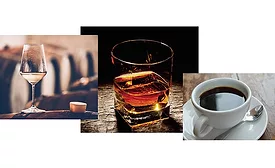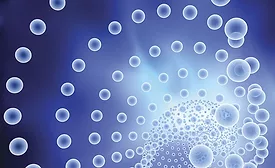Paint and Coatings Additives
A New Tin-Free Silicone Gum Dispersion
for Use as a High Slip Agent for Coatings and Leather
Read More
Atomic Force Microscopy Study
Effect of Low-VOC Coalescents on Morphology and Phase Distribution of Latex Films
Juliane Pereira Santos
Robson André Pagani
Carlos Roberto Tomassini
Rafael Caetano Jardim Pinto da Silva
Silmar Balsamo Barrios
Kip Sharp
June 1, 2017
Improved Corrosion Resistance in Powder Coatings
via Microencapsulated Self-Healing Agents
Read More
Keep the info flowing with our eNewsletters!
Get the latest industry updates tailored your way.
JOIN TODAY!Copyright ©2025. All Rights Reserved BNP Media.
Design, CMS, Hosting & Web Development :: ePublishing










